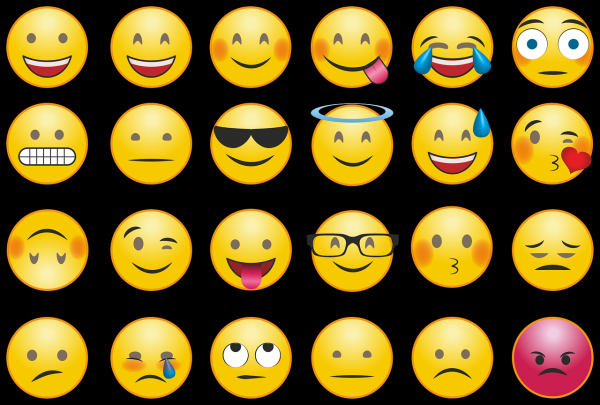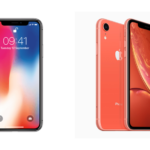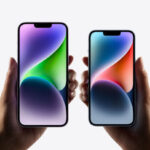Emojis have evolved from simple emoticons created with punctuation marks to a vast, colorful spectrum of symbols that convey emotions, concepts, and ideas across digital platforms. Their journey from novelty to a staple in modern communication highlights how visual language can bridge linguistic and cultural gaps, making conversations more expressive and nuanced.
Related: iPhone x Compared to iPhone XR
The Great Emoji Showdown
Emojis are a universal language, but do they translate across devices? While the underlying code might be identical, Apple and Google render emojis in distinct styles. Let’s dive into the playful world of emoji design and see how these tech titans stack up.
Design Philosophy
| Feature | Android Emoji | iPhone Emoji |
|---|---|---|
| Style | More cartoon-like, vibrant colors | Realistic, softer tones |
| Details | Less detailed, smoother gradients | More detailed, textured |
| Expressions | Can sometimes appear more exaggerated | Subtler expressions |
Android’s emoji design philosophy emphasizes clarity, inclusivity, and universality. Google strives to create emojis that are easily recognizable, represent diverse cultures and identities, and maintain consistency across different Android versions.
Popular Emoji Breakdown
Here’s a closer look at some popular emojis to see the design differences:
| Emoji | Android | iPhone |
|---|---|---|
| Smiling Face | Wide smile, big eyes | Subtler smile, smaller eyes |
| Grinning Face | Similar to Smiling Face, but with open teeth | Wider grin, showing more teeth |
| Kissing Face | Closed eyes, with a single red heart | Open eyes, with three pink hearts |
| Party Popper | Colorful streamers and confetti | More muted colors, single-direction confetti |
| Pile of Poo | Simple brown swirl | Detailed pile with eyes and a crooked smile |
Compatibility Considerations
It is important to remember that emojis may not always appear the same when sent between different operating systems. If the recipient’s device interprets the emoji differently, this can lead to miscommunication.
Choosing Your Emoji Champion
Ultimately, the “better” emoji design comes down to personal preference. Do you like the vibrancy of Android emojis or the more nuanced expressions of iPhone emojis?
Here’s a quick guide to help you decide:
- Choose Android emojis if: You prefer a more cartoon-like style and enjoy a wider range of colors.
- Choose iPhone emojis if: You favor a more realistic style and appreciate subtle expressions.
Final Thoughts
Regardless of your preference, remember that emojis are a fun way to add personality to your digital communication. So keep expressing yourself, and don’t worry about which phone renders the smiley face best!
Related: iPhone 15 Compared to iPhone 15 Pro
FAQs: Android vs. iPhone Emojis
1. Do emojis look the same on Android and iPhone?
No, emojis can appear differently on different devices. Apple and Google use distinct design styles, so the same emoji might have a cartoonish look on Android and a more realistic look on iPhone.
2. Which emoji style is better?
It depends on your preference! Android emojis are more vibrant and cartoon-like, while iPhone emojis are more detailed and realistic.
3. Can sending emojis between Android and iPhone confuse you?
Yes, there’s a chance the emoji on the recipient’s device might not look exactly as you intended.
4. How can I avoid emoji miscommunication?
- Consider the recipient’s device: If unsure, stick to basic emojis that are widely recognized.
- Use descriptive text alongside emojis to add context and ensure your message is clear.
5. Where can I find more information about emoji variations?
You can find resources online that showcase emoji differences across platforms. Search for “emoji comparison chart” to see examples.





